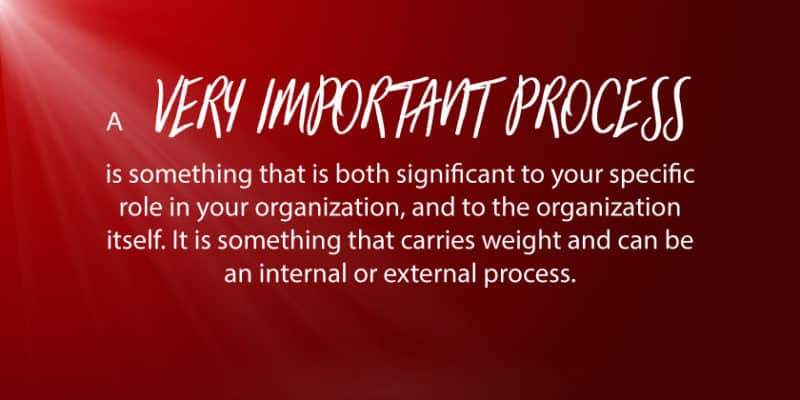One of the major tasks of HR departments is onboarding new hires.
This is a mainstay for any HR department and brings many tasks and business strands together to make up the overall process. For members of the HR team there is a lot to think about.
HR must liaise with several other arms of the organization so that the onboarding process is successful. Unfortunately, this isn’t always a given, and mistakes can be made during the process. These mistakes and delays can be costly and worse, the process can sometimes be left uncompleted, leading to negative outcomes further down the line.
Welcome to the latest article in our Very Important Process (VIP) series—where we look at specific VIPs in several business departments; the intricacies of these important processes, and how Nintex can help you boost efficiency with the power of cutting-edge automation technology.

Today is the Very Importance Process of onboarding new hires.
The Importance of Onboarding New Hires
Imagine starting a new job in an organization that wasn’t prepared for your arrival, didn’t have a plan for your professional trajectory, or couldn’t make sure you understood the role and what was expected of you from the very first day. If you can imagine this, you’ll understand the need to get the process of onboarding new staff into shape.
From hiring, orienting and successfully familiarizing new hires with their roles and the culture of the company, onboarding is an essential element to the growth of an organization of any size in any industry.
It’s not just the embarrassment of being unprepared for a new hire and the potential effect on your reputation as an HR department and a business, but there is a very real, financial effect when onboarding goes wrong.
Employee disengagement is widespread.
But did you know that over half of disengaged employees say they received little or no training when they joined their companies? Research presented in a 2016 infographic from Onboardia suggests that high levels of employee disengagement resulting from a bad onboarding experience can have a significant knock-on effect for business.
For example, almost a third of employees have quit jobs less than six months in (this may not always be down to onboarding alone but it is certainly part of the problem), and staff turnover can cost an organization as much as 60 percent of an employee’s annual salary.
Your Onboarding Pain Points
A poor onboarding experience can occur for many reasons. However, a lot of these reasons stem from an overall poor level of planning on the part of the organization.
For example, a lack of time allocated for all the different parts of the onboarding process can mean delays, inconsistencies, gaps in knowledge and a lack of productivity. Some of the other reasons for breakdowns in the process include:
- Paper processes – 80 percent of HR professionals say that most of the paperwork involved in the onboarding process is still completed in person
- Lack of mobility – less than 12 percent of employees can access onboarding paperwork on mobile devices
- Ad-hoc processes – less than a third of organizations have a formal onboarding program
- Scheduling conflicts
- Role uncertainty
Being aware of these challenges and understanding the causes can put you on the right path to onboarding success.
The Role Automation Can Play
When onboarding is done properly, and everything is set up like it should be, the benefits are evident.
With the Nintex Workflow platform, you can build a sophisticated automated workflow process that takes in all the various stakeholders so each knows exactly what they must do (and by when) during the onboarding process.
For example, a workflow might be triggered after the new hire has officially signed a DocuSign attachment accepting the role and returned the email. This might automatically create a profile in the HR site in SharePoint to be filled out, an email notification sent to the HR team member who is assigned the new hire, along with a checklist of prioritized tasks and their deadlines (“Fill personal record file in SharePoint” for example).
Simultaneously, another aspect of the workflow would send a notification to your IT team prompting them to create an IT profile for the new hire.
With the right automated solution, your HR team can:
- Formalize and standardize the process
- Make the onboarding process paperless
- Give new hires easy access to mentors/colleagues who can help answer questions
- Streamline the involvement of other areas of the business into the process
- Customize the process for each new hire and each role
- Set up a feedback loop to improve the process in real-time
The Right Focus Leads to the Right Results
Focusing on giving your new hires the tools and support they need sets them up for a much more positive experience. It enables them to hit the ground faster and will foster better engagement in the short and long term.
A great onboarding experience can have a positive effect on multiple areas including the company atmosphere, the levels of productivity, the reduction in staff turnover, as well as lead to a better reputation for your organization and an eventual improvement in your bottom line.
Interested in discovering how Nintex could help your organization with any of its processes, VIP or otherwise? Contact us today.


